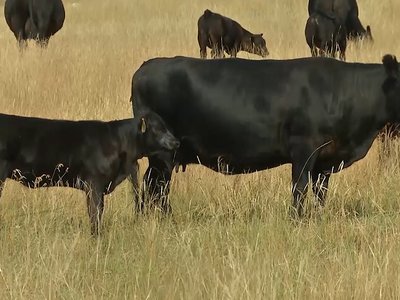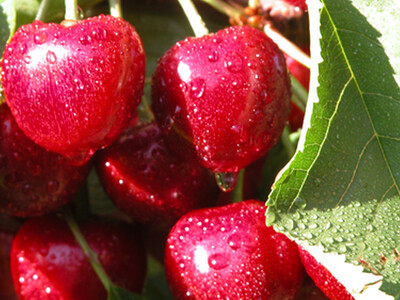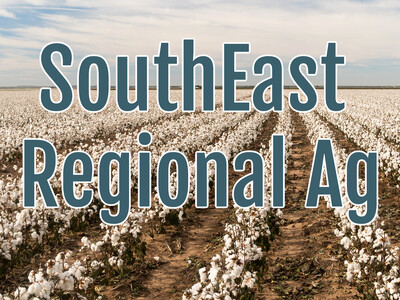Freeze Coming & New State Park
Freeze Coming & New State Park plus Food Forethought. I’m Greg Martin with today’s Northwest Report.
The Pacific northwest is beginning to see a slow cool down in the warm temperatures we have had recently but nowhere near what parts of the northern states are expecting. Meteorologist Brad Rippey says freezing conditions could have a major impact on crops in those areas.
RIPPEY: With all of the late planting and some of the early season slow crop development across the corn belt we’ve been concerned all along about the potential of an early freeze. This could have a severe impact on immature corn and soybeans. But as you head into the northeast any immature fruit and vegetable crops would be in the path of this event.
Oregon will soon have a new state park on the site of a former lumber mill. Bates State Park will be open to the public soon and will feature a primitive campground that will be open in summer, as well as hiking trails. The Oregon Parks and Recreation Department bought the property for $400,000 in 2008 and has spent $900,000 so far to prepare it for opening. The 131-acre park is located in eastern Oregon near John Day and was once the Bates company town-site, a village of 400 families at its peak.
Now with today’s Food Forethought, here’s Lacy Gray.
My sister is a professional photographer, and a darn good one at that. She would be the first to tell you that the photography business is exciting, rewarding, and ever changing. The days of pulling out the old point and shoot film cameras are long past. Today everything is digital, which means with digital photography you can have the satisfaction of seeing your pictures instantly. This type of technology in photography doesn’t just lend itself to great wedding photos, it’s also being put to work for agricultural research. Rangeland scientist, Dr. Terry Booth, has developed a type of aerial survey utilizing advanced digital cameras in order to observe vegetation varieties, insect invasion, and pesticide performance. Routine aerial surveys have been around for a long time, but with the aid of digital cameras and the instant data they provide surveys such as these can be used for early detection of invasive species that are threatening native plant life. Another advantage to using digital cameras for aerial surveys is the frequency with which monitoring can be done, giving scientists and growers the advantage when it comes to managing range and farmland.
Thanks Lacy. That’s today’s Northwest Report. I’m Greg Martin on the Ag Information Network.














